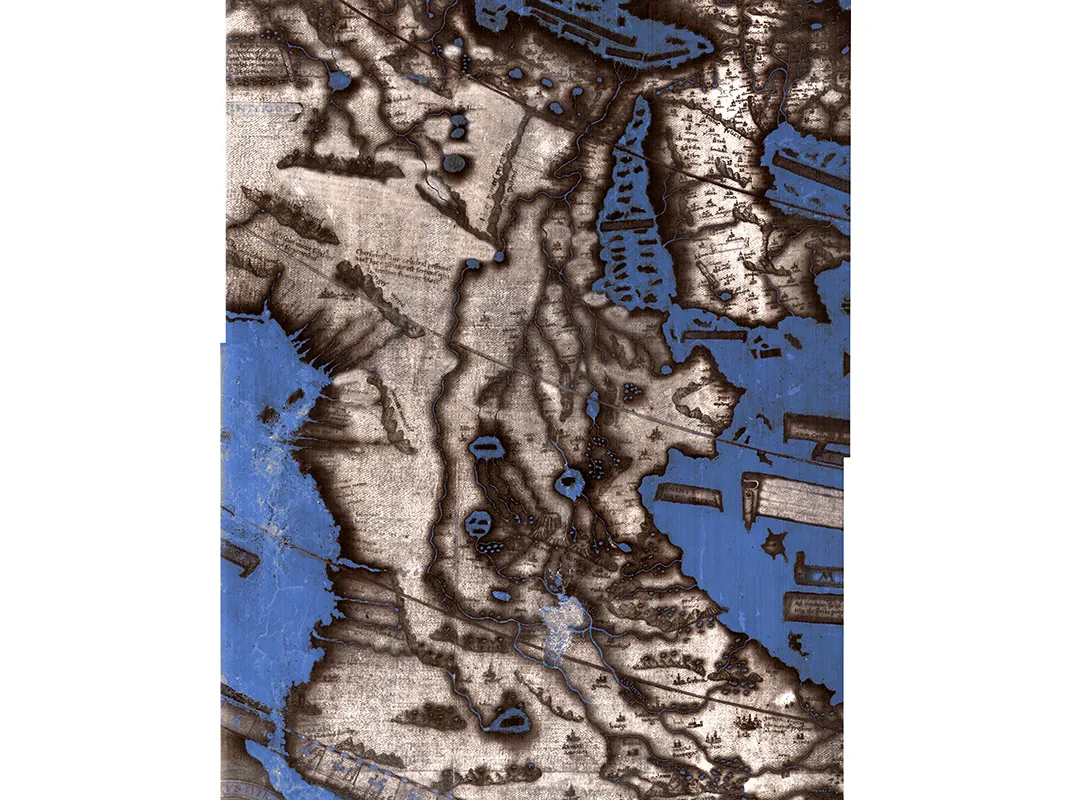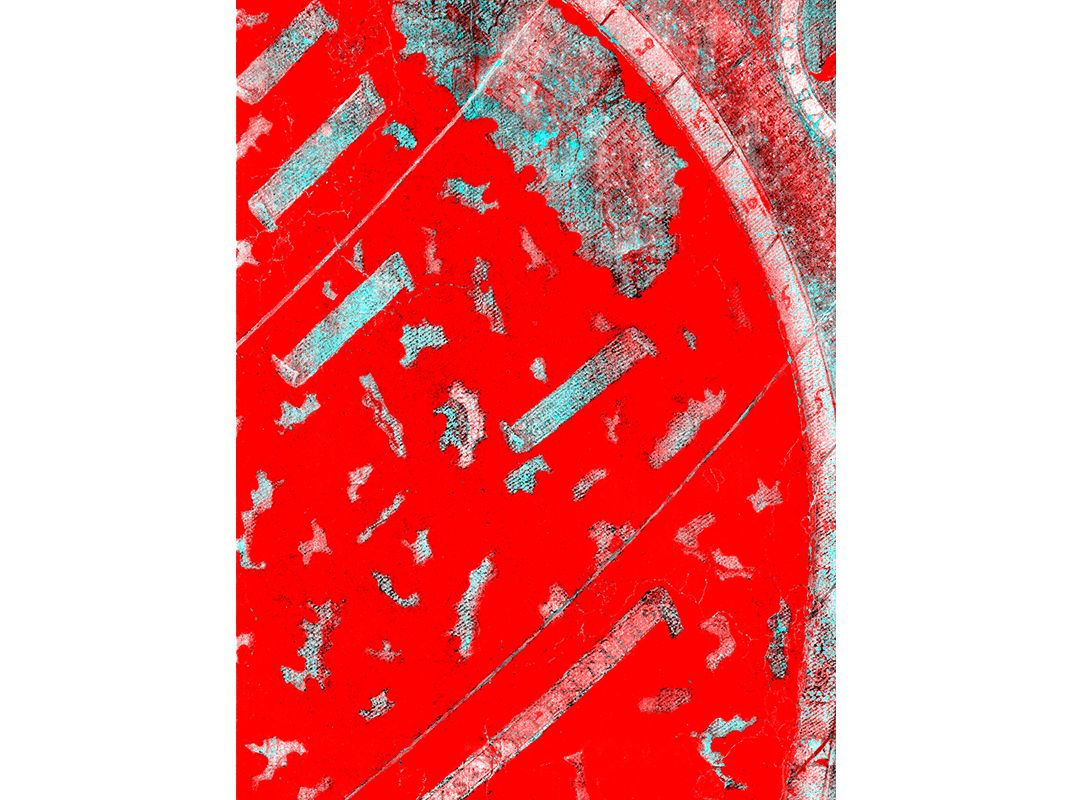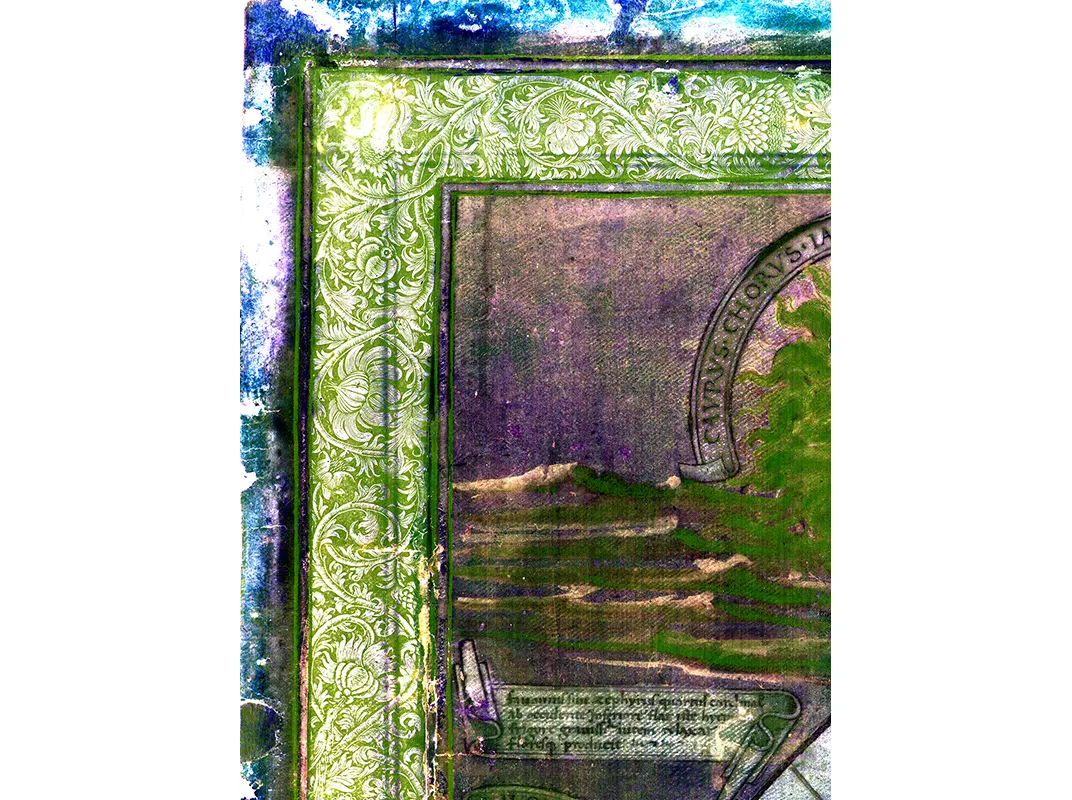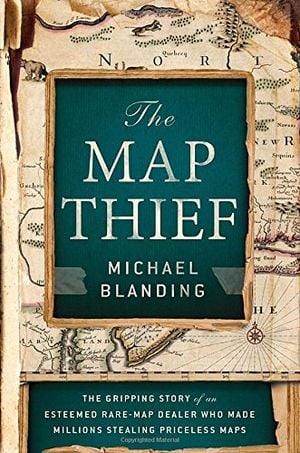Did This Map Guide Columbus?
Researchers decipher a mystifying 15th-century document
The map itself is undated, but there are clues it was created in 1491: It quotes a book published that year, and Christopher Columbus may have consulted the map (or a copy) before his great voyage. When he landed in the Bahamas, he thought he was close to Japan, an error consistent with Japan’s location on the map, which depicts Asia, Africa and Europe but not, alas, the Americas. The map, made by a German working in Florence named Henricus Martellus, has long been overlooked because fading obscured much of its text. Until now.
A new analysis reveals hundreds of place names and 60 written passages, a novel view of Renaissance cartography. “It’s a missing link in our understanding of people’s conception of the world,” says Chet Van Duzer, an independent historian who led the analysis of the map, currently held at Yale University’s Beinecke Library. Martellus relied on Claudius Ptolemy’s projections and then updated them with more recent discoveries—including details from Marco Polo’s voyages and the Portuguese trips around the Cape of Good Hope. The famous Waldseemuller map, which in 1507 depicted the Americas for the first time, appears to have borrowed heavily from Martellus.
To see the writing, researchers photographed the 6- by 4-foot map under 12 frequencies of light, from ultraviolet to infrared. Advanced imaging tools and layering techniques provided the necessary clarity. Below are examples of analyzed map images as viewed at different frequencies, and above is the map itself, with touch points identifying text uncovered by Van Duzer and his colleagues.




